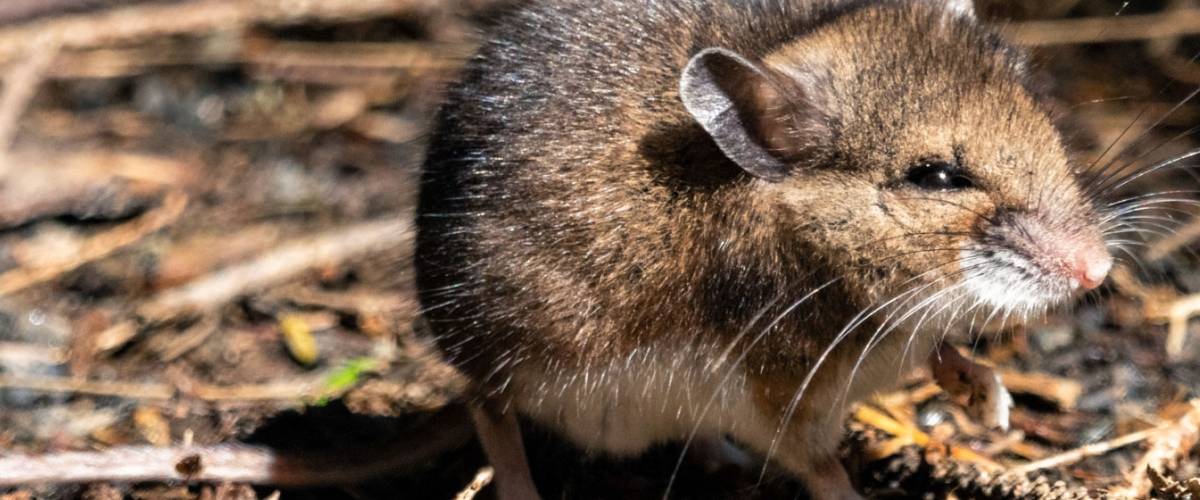

Before starting the activity, it is helpful if the teacher familiarizes students with the rock pocket mouse and its habitat. Based on this evidence, students arrange the four illustrations in a sequence from oldest to most recent, and make an argument for how natural selection leads to a change in fur color in the populations of rock pocket mice over time. As students return to the four illustrations after watching the video, they analyze the illustrations by counting and graphing the color distribution of rock pocket mice at the two locations (light/dark). Watching the short film, students learn about the changes of rock pocket mouse populations, and that the environment contributes towards determining whether or not randomly arising mutations in fur color are advantageous, neutral, or deleterious. This resource is explicitly designed to build towards this performance expectation.Ĭomments about Including the Performance ExpectationĪt the beginning of the lesson, students place four illustrations showing different numbers of light and dark colored rock pocket mice at two locations (light/dark substrate) in sequence from oldest to most recent.

#ROCKET POCKET MOUSE ANSWER KEY SERIES#
The series also has two animations which will help to reinforce the concept. The film is also available as an interactive video with embedded questions, which test students’ understanding as they watch the film.

This ten minute film shows adaptive changes in rock pocket mouse populations, demonstrating the process of natural selection and can be accessed at. This is one of several classroom activities, focusing on related topics and varying in complexity, built around the short film. Based on this evidence, and what they learn about variation and natural selection in the accompanying short film, students use this evidence to explain the change in the rock pocket mouse populations on the lava flow (dark substrate) over time. (LS4.B, LS4.This activity provides an introduction to natural selection and the role of genetic variation by asking students to analyze illustrations of rock pocket mouse populations (dark/light fur) on different color substrates in the Sonoran Desert (light/dark) over time. Environmental changes may provide opportunities that can influence natural selection.Depending on environmental conditions, inherited characteristics may be advantageous, neutral, or detrimental.Over time, the proportion of individuals with advantageous characteristics may increase due to their likelihood of surviving and reproducing.Natural selection is dependent on environmental conditions.Inherited characteristics affect the likelihood of an organism's survival and reproduction.Natural selection acts on the variation that exists in a population.There is variation within a population.Evolution results from selection acting upon genetic variation within a population.Information on controversies in the public arena relating to evolution.Alignment with the Next Generation Science Standards.The big issues – Pacing, diversity, complexity, and trends.Macroevolution – Evolution above the species level.Microevolution – Evolution within a population.Mechanisms: the processes of evolution – Selection, mutation, migration, and more.The history of life: looking at the patterns – Change over time and shared ancestors.An introduction to evolution: what is evolution and how does it work?.


 0 kommentar(er)
0 kommentar(er)
